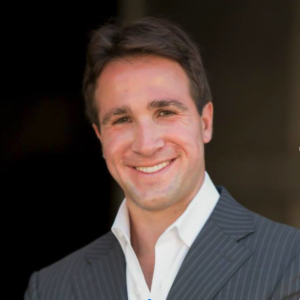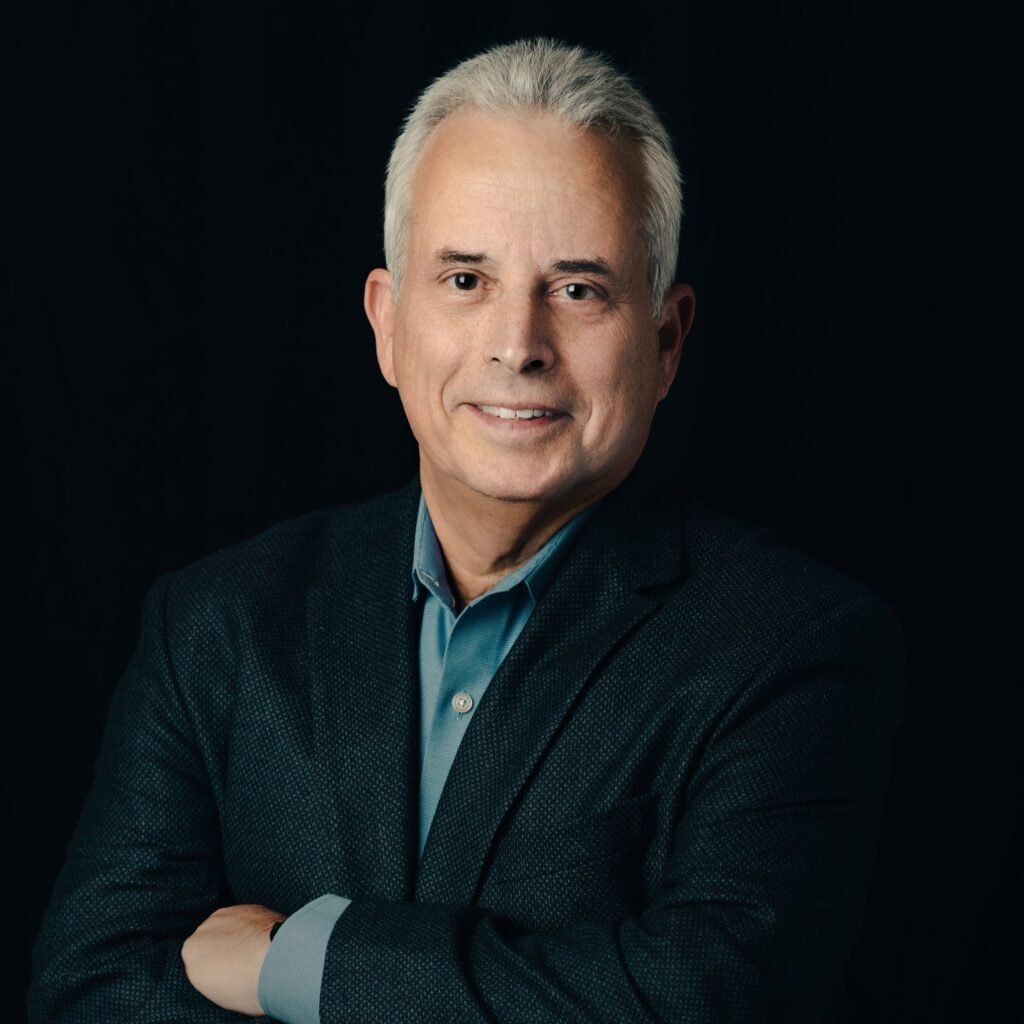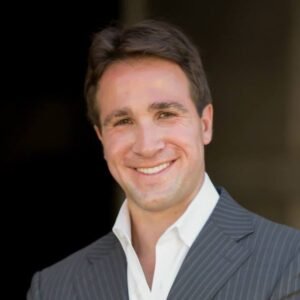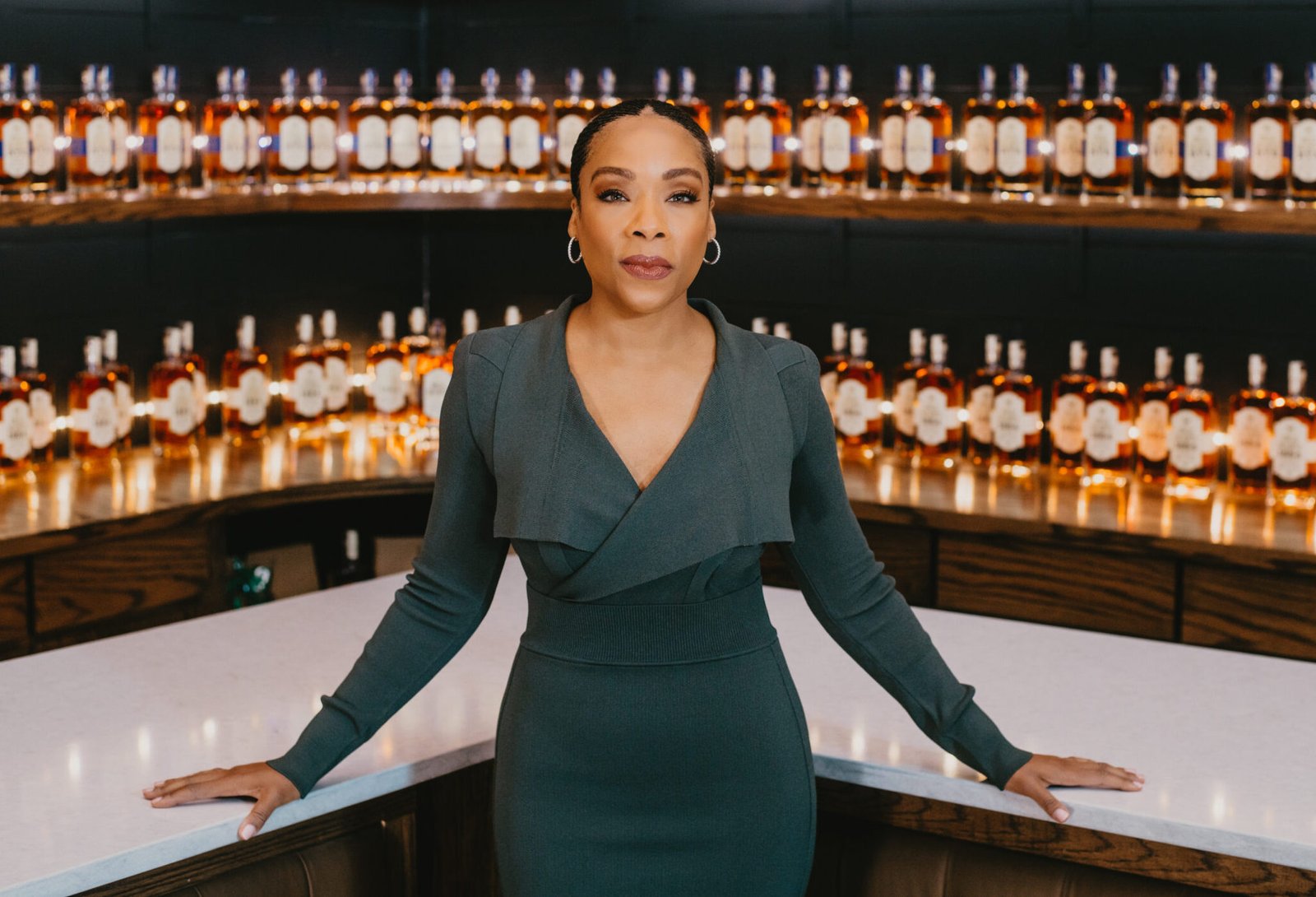I recently went one on one with Allen Adamson, co-founder of Metaforce. Allen is the author of the new book Seeing the How: Transforming What People Do, Not Buy, To Gain Market Advantage.
Adam: Thanks again for taking the time to share your advice. First things first, though, I am sure readers would love to learn more about you. How did you get here? What experiences, failures, setbacks, or challenges have been most instrumental to your growth?
Allen: Early in my life, while a student at Syracuse University, there were two experiences that helped point me in the direction I ultimately ended up career-wise. I went to school with the intention of studying film and photography, which I enjoyed and thought I was pretty good at. However, progressing through the program, it became apparent that my classmates were far more talented than I was and far more passionate. They were not only taking on the requisite classwork but motivated to make film and photography an essential part of their lives, regardless of any assignments. It was also apparent that, unless you were incredibly talented, not to mention very lucky, Steven Spielberg was not going to call and say, “Come work for me.” I learned from this experience that, although I was not personally talented enough to be a “creative” in a professional sense, I wanted to be in a creative business, working with talented people who wowed me with what they could do. I appreciated the way creative people thought, and how they saw things that I couldn’t see. It’s something in which I continue to take great pleasure and satisfaction.
The second university experience that pointed me in the direction in which I eventually ended up was that I spent my junior year in Europe, in Amsterdam. I lived with a Dutch family, rode a bicycle to class, and was lucky enough to visit some impressive museums, try some great breweries, travel around Europe and see life from multiple perspectives. It was a powerful growing experience. When I returned home, I went to thank the people in the Department of International Studies for providing me with such an incredible experience. In my conversations with them, I learned that they were having trouble finding students for programs in even the greatest European cities. Given that the tuition was not the issue, I wondered why students weren’t lining up to sign up for this remarkable opportunity. This so intrigued me that during my senior year, I took a marketing elective and decided to make this issue my term project. Why weren’t students enthusiastic about the chance to live and study abroad? Why was there a marketing problem? What I came to recognize was that in marketing, facts don’t always make a sale. I discovered you have to dig into the consumer mindset for insight. In this case, it was that students were comfortable living their lives on campus, hanging out with their friends, going to athletic events and concerts. It was their comfort zone, and they didn’t see the benefit of changing the game plan. My project was hands-on schooling in marketing. Facts are not enough and marketing is not linear. You need to know your audience and understand barriers to acceptance. You need to understand what is relevant to consumers, and how a product or service fits into their lives, makes it better in some significant way. You must position your product or service such that you demonstrate your understanding of what is important to them. It was these two experiences – my early insights about marketing, and the self-awareness that I wanted a career working with creative people, that pointed the way to the career I pursued and have greatly enjoyed over these past many years.
Adam: What do you hope readers take away from your new book?
Allen: The essential takeaway from the book is that success in business rests on the ability to solve a problem for a consumer. And that, today, given the accelerating pace of change and increasing competitiveness, to solve a consumer problem effectively means being able to look at the market with fresh eyes, from a completely different perspective from which others are viewing it. The traditional ways of identifying a competitive edge are not enough. The book reinforces that to succeed you must be curious and keep questioning the status quo. It’s much like the old Jerry Seinfeld riff on life, “Did you ever wonder….?” In other words, did you ever wonder why things have to be the way they are. For example, to borrow from Jerry, did you ever wonder why someone doesn’t make muffin tops instead of a whole muffin, given that the muffin top is what we like best? The book provides readers tips and tools that will enable them to view the marketplace differently. It offers up a non-traditional spectrum of lenses through which to look at the market and provides readers with guidelines for practical business applications to seize what they see. The book helps readers reframe how they observe and, especially, the importance of shifting perspective from product-centric to experience-centric opportunities. In other words, back to my college days and my study-abroad project, it shows readers how to position something so that consumers understand how it fits into their lives – makes life better, easier, or more convenient in a relevant way. Seeing the How demonstrates how a growing number of today’s marketplace success stories are the result of those who look beyond the obvious – and it helps readers understand how they can apply these lessons to their own business ideas.
Adam: What should everyone understand about branding?
Allen: First and foremost, it’s important to understand that there are two words – and two distinct meanings – within the notion of branding. There is a brand, and there is branding, and one is different from the other. Knowing this is a critical starting point for being successful in the business. That said, a brand is something that lives in your head. It’s a story or a promise, that links a product or a service to a consumer. Brands are mental associations that get stirred up when you think about a particular car or camera, pair of jeans, watch, bank, streaming provider, organization, or even celebrity. It’s like a file on your desktop. When someone mentions the brand name, the file clicks open and the associations you link with the brand are set free. You feel something and react in some way. A brand is what you want people to associate with you, or remember about your company, product or service.
Branding, on the other hand, are the things that communicate or convey to consumers what your brand stands for and why they should care. Branding is the tangible process of creating the signals that generate the associations consumers have with the brand name. It’s what puts the brand meaning into the consumer’s head. Branding is the telling of the story through advertising, social media, public relations, package design, signage, product experience, customer service, or the influencers who talk about a brand in their blogs. There are many ways to communicate a brand story. Critical to success is having a brand story that is different from the competition and relevant to the people you want to attract – and then telling the story brilliantly – using powerful branding that reinforces the brand’s promise in a way that is compelling and “sticky.”
Adam: What are the key steps to building a successful brand?
Allen: The answer to this question is easy to say, and hard to do. For a brand to be successful it must stand for something different, and this difference must be relevant to its users. Most important, this difference and relevance must be simple to understand. The most successful brands today are based on simple ideas. A brand’s idea must be simple in order for the branding to be powerful and compelling. The people responsible for the branding (which would be the entire organization) must be able to understand the brand idea, “get it,” and deliver on it intuitively. They must be able to make the branding signals memorable, (“sticky,” as I said), authentic and proprietary to the brand. A brand idea that is simple, makes this possible.
I like to think about the market landscape as Times Square. It’s noisy and distracting, with messages flashing at you from every direction. There are lots of stimuli, lots of things moving very quickly. To get someone to pay attention to your branding, it’s not a matter of pumping more dollars in the marketing budget, but ensuring that everyone in the organization is in alignment on what the brand stands for – and works together in the management of any and all communication – the signals. This goes for the people making the products, the creators of the packaging, the customer service people on the front lines, the folks overseeing social media initiatives, advertising, events, partnerships with other brands. The key to success is knowing what your story is and communicating it consistently across all consumer touchpoints. Branding signals must work in unison to be able to cut through the clutter and connect on a gut level.
Adam: What are your best tips on the topic of personal branding?
Allen: The first thing that most people do when talking about their personal brand is give you a linear story. They offer up the facts. I went to this school. My first job was here, my next job was there. I got a promotion and ended up at this company. They give you an historical overview – a story from the beginning stages to current day achievements. But they don’t ladder up to why all this experience, this personal journey matters, what they learned from it, how it shaped who they are. For a personal brand story to be effective, you have to connect the dots for people. These are the characteristics that enabled me to get from point A to point B. You have to decide what it is you want people to remember about you, the traits they associate with you. It’s like any brand. What do you want people to think about when they hear your name. What is the one clear idea you want people to take away, specifically as it relates to impressing a potential employer. You need to put your experience in context, give it dimension and bring your story to life with reasons to believe. Here is what made me who I am today, why I can deliver, and why I will bring value to your organization.
Adam: What do you believe are the defining qualities of an effective leader? How can leaders and aspiring leaders take their leadership skills to the next level?
Allen: At the end of the day, an effective leader needs to inspire employees. To do this, you need to be a good, and a patient, listener. Show that you are genuinely engaged. It’s not enough to say “tell me what’s on your mind”, but ask good questions and listen to the answers. Get inside peoples’ heads. Read between the lines. It’s sort of like going back to the old Star Trek analog – do a mind meld with your employee. Once you’ve listened and understand any concerns and challenges, it’s critical to be a good communicator. Communicate that you genuinely understand the issues and define what needs to get done to overcome them, have an action plan. You can’t just play back what you heard. Always end with asking employees their thoughts on accomplishing next steps. Do they have suggestions? Bring it back to the beginning. Communicating in one direction is not effective communication. This is essential advice for anyone looking to take their leadership skills to the next level.
Adam: What is your best advice on building, leading, and managing teams?
Allen: Building and managing teams starts with being an agile and flexible leader. You can’t assume there is one preconceived way of achieving a task or objective. The first step is to define what needs to be accomplished, followed by offering up your thoughts on what you believe is the best approach and then gathering thoughts and input from others. The key is to put together a plan that builds on multiple viewpoints and builds on what both you, as a leader, and the team, thinks is the best plan. When employees are invested in the mission, when they feel their ideas have been taken into account and that they have the right tools and resources to be able to accomplish their objective, they are more likely to be successful.
Adam: What are your three best tips applicable to entrepreneurs, executives, and civic leaders?
Allen: I have one tip. Average is over. In the world we live in today, no one remembers average things, nor do they share average things. Success, be it in business, in a civic organization, or in any initiative, is about executing things brilliantly. Sure, you can do a lot of things and be pretty good at them, but no one will notice. The best organizations and companies succeed because they focus on doing what they know they are great at doing. Go back to the first question in this interview, a lesson I learned early on. Being good at filmmaking was not sufficient if I wanted to achieve success. I had to be brilliant at it, to be passionate about it. No matter what the initiative, the project, the objective, you have to be all in. If you’re into whatever it is from 9 to 5, staring at your screen, you will probably do ok, but you will not be great. It’s not enough anymore to offer up what table stakes, the price of entry. You have to offer way more than what is expected. As my friend Thomas Friedman says, this takes a combination of high PQ – passion quotient, and high CQ – curiosity quotient. Average is over. Do what it takes to be brilliant at whatever you do.
Adam: What is the single best piece of advice you have ever received?
Allen: Interviewing at a prestigious advertising agency for my first job after completing business school, the CEO asked me three questions which completely floored me, not to mention for which I was unprepared. The questions had nothing to do with marketing strategy or segmentation or return on investment. They were: What was the best last book I read, the best last movie I saw, and the best last Broadway show I attended. After I was given and accepted the job (I was able to pull up some respectable responses), I realized why he had asked me those questions. The CEO’s belief, which I am in complete agreement with, is that to be successful in the marketing business – in any business – you have to understand of what is happening in the broader marketplace. Whether culture, politics, social issues, or science, you have to be steeped in what is going on in the world outside your office. You have to know what people are thinking, what they’re doing, the music they’re listening to, the media they’re influenced by, the opinions and perspectives they have. More specifically, when it comes to marketing, you have to be able to be your clients’ eyes and ears. You have to be able to zoom out and see what’s happening on the world stage, put things in context, in order to zoom in on the right solutions for the initiative at hand.









